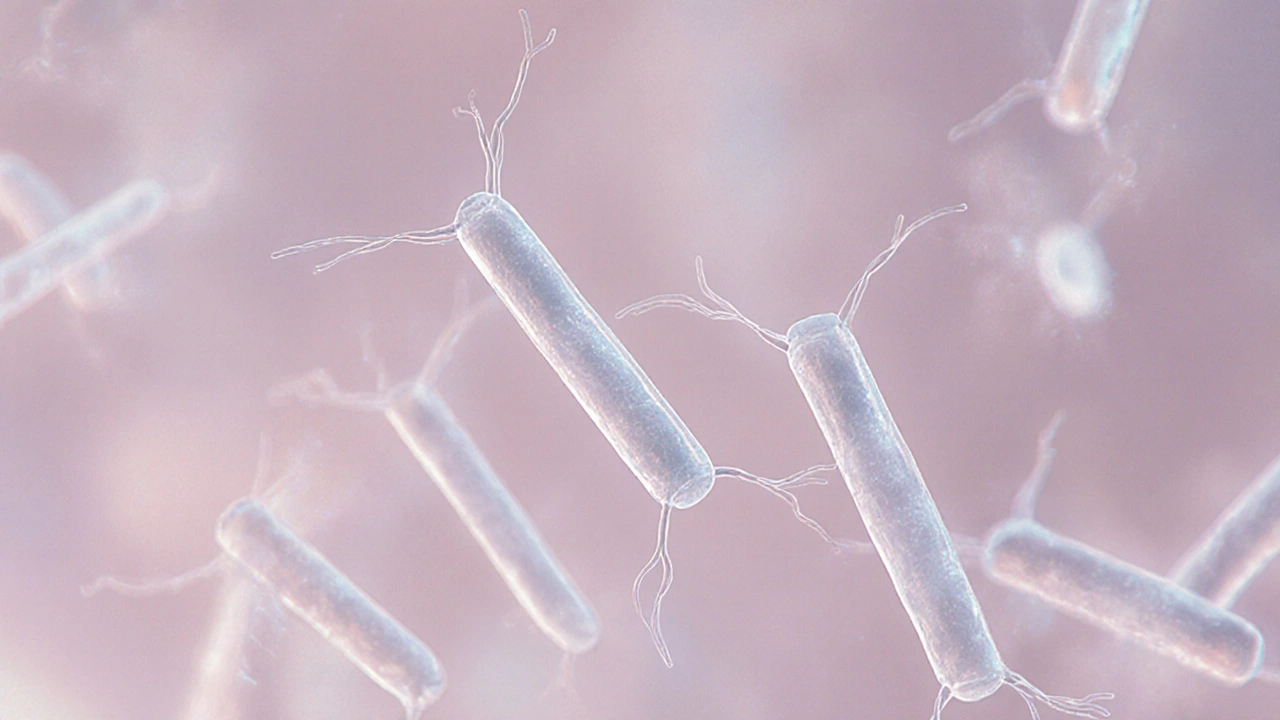When caring for healthy vaginal environment, the natural state where the vagina maintains optimal moisture, pH, and microbial balance. Also known as vaginal health, it supports comfort, infection resistance, and overall well‑being.
A vaginal pH, the acidity level that usually ranges from 3.8 to 4.5 is the first line of defense. When the pH stays in this acidic window, harmful bacteria struggle to grow. Think of pH as the thermostat for your microbiome; a shift up toward neutral creates an opening for yeast and unwanted microbes. Keeping the pH steady means you’re less likely to face irritation or abnormal discharge.
One of the most important allies is lactobacilli, good bacteria that produce lactic acid and keep the environment acidic. These microbes outcompete potential pathogens and replenish the protective mucus layer. When lactobacilli counts drop—after antibiotics, hormonal changes, or stress—the ecosystem can wobble, setting the stage for infections.
Boosting those friendly bacteria is where probiotics, live microorganisms taken orally or as vaginal suppositories come in. Clinical reports show that daily probiotic intake helps restore lactobacilli after a course of antibiotics and reduces recurrence of bacterial vaginosis. Choose strains like Lactobacillus crispatus or rhamnosus for the best match with vaginal flora.
On the flip side, when the balance tips, you might encounter bacterial vaginosis, a condition marked by an overgrowth of anaerobic bacteria and a rise in pH. Symptoms include thin grayish discharge, fishy odor, and mild itching. Treating BV usually involves targeted antibiotics, but long‑term prevention hinges on maintaining pH and supporting lactobacilli with diet, hygiene, and probiotics.
Every factor—pH, lactobacilli, probiotics, and infection risk—forms a loop. A healthy vaginal environment encompasses balanced vaginal pH, which requires robust lactobacilli, which in turn are nurtured by probiotics, and together they keep bacterial vaginosis at bay. Understanding these links helps you make smarter choices, like opting for cotton underwear, avoiding scented douches, and staying hydrated.
Ready to dive deeper? Below you’ll find articles that break down each element, compare treatment options, and give actionable steps to keep your vaginal health on point. Whether you’re looking for quick hygiene tips or want to explore the science behind probiotics, the collection ahead has you covered.

Learn practical steps to keep your vaginal pH between 3.8‑4.5, boost Lactobacillus, choose the right foods and habits, and prevent bacterial vaginosis.